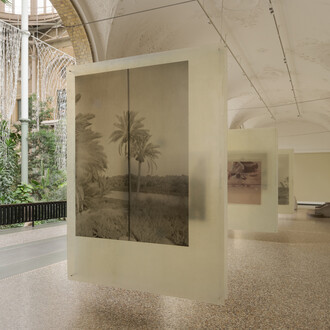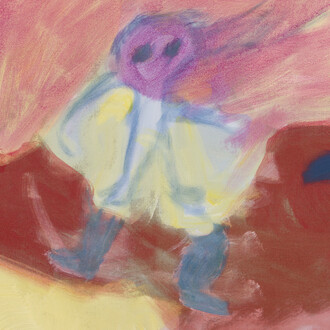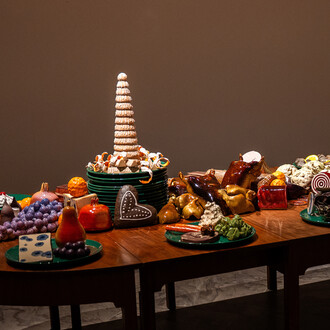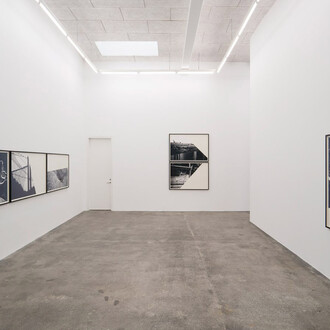To enable our technical staff to prepare for the major spring special exhibition “High on luxury. Lost treasures from the Roman Empire”, it has been necessary for us to close certain rooms for a brief period. This includes Rooms 56-60, which will be closed from 9th February to 2nd March 2018. These rooms contain elements of the exhibition “French Painting” with paintings from the period 1889-1968. The greater part of the museum will, however remain open as usual, and it will still be possible to immerse oneself in the art and culture of millennia.
Manet, Degas, Monet, Cézanne, van Gogh, Gauguin… the Glyptotek’s collection of French painting contains works by some of the greatest figures in art, just as it covers one of the most hectic epochs in art history. With over 200 works the exhibition displays the artistic diversity, which poured forth from France in the years 1809-1950. Through an original presentation of famous masterpieces and rarely seen major works the exhibition presents a visual narrative of 150 years of art which never manages to put down roots, and, for the same reason, is suffused with intensity and invention.
From the Romantic Period up to the Second World War France was the meeting point for the most innovative vanguard of artists. The accelerating modernity and cultural broad-mindedness of Paris as well as the attraction of rural settings in the provinces was the perfect climate for the most pioneering European avant-garde. The exhibition’s paintings, drawings and small sculptures bear witness to the fact that art in this period was, at times, a savage quest for originality. These artists were driven by a powerful impulse not merely to keep pace with, but also to be able to anticipate and create the expression and form of the time.
The exhibition, which is based exclusively on the Glyptotek’s own collection, spans the whole range in the development of art from the academic to the so-called modern. From the idealised painterly expression with its considerable technical wealth of detail, via the freer, experimental paintings, to full-blooded abstraction. In this way the exhibition sums up the many stylistic currents of the period: Realism, Romanticism, Naturalism, and, most of all, Impressionism.
However, the development is far from linear and the art has a tendency to run rings around itself. The artists typically worked outside art historical categories. They moved in and out of the various groups, drew inspiration from their travels and, all in all, worked more dynamically and unpredictably.
The exhibition extends over three floors and juxtaposes artists, genres and techniques with chronology as the governing principle. It is, in fact, the chronology which briefly liberates painting from the constraints of being too closely associated with certain styles and has it assume the foreground as painting first and foremost. To further underline the free approach of the artists the exhibition is arranged according to a reverse chronology. Far from standing as a natural final destination, the modern painting of the 20th century becomes an introduction to a reversed stroll through the art of painting from the 19th century.
















